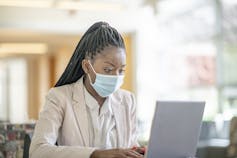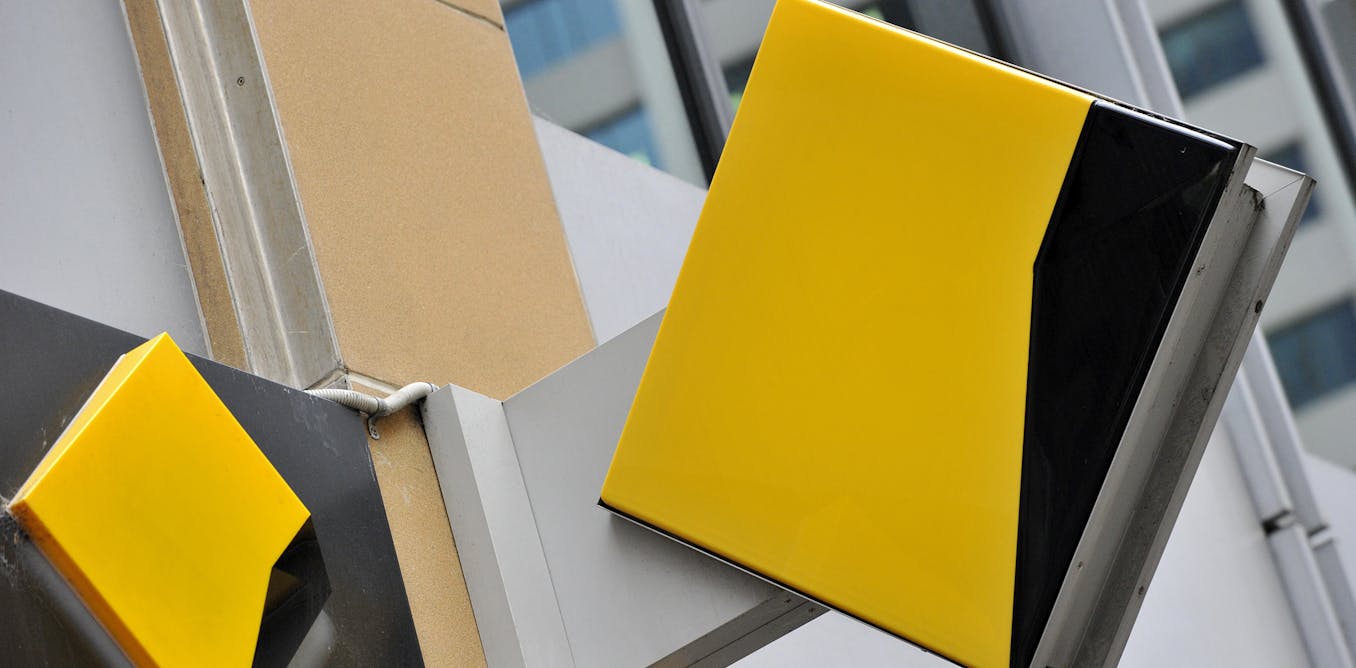As schools and universities come to a decision whether or not or to not reopen their campuses this autumn, a lot of the dialogue has centered at the ethics in the back of the verdict and the related fitness dangers of in-person instruction.
As a researcher who research medical health insurance coverage, I see two essential gaps on this dialogue: 1) Who must pay the price of treating the inevitable COVID-19 circumstances that can happen; and a couple of) What do university college students want to find out about their protection?
Listed below are 4 issues I believe each and every university scholar – and those that care about them – must find out about medical health insurance protection on the subject of COVID-19.
Contents
1. Weigh protection choices
In the event you’re lined below a scholar medical health insurance plan thru your faculty, it can be price bearing in mind whether or not this is nonetheless your only option. The Inexpensive Care Act lets in, however does now not require, dependents to stick on their oldsters’ plan till age 26. Many college students already make the most of this, however in the event you don’t, it can be price a 2d glance, in particular in case your oldsters are insured and you might be staying house this autumn. The catch is that your oldsters’ premiums may build up if they’re switching from unmarried or spousal protection to circle of relatives protection.
Scholars too can qualify for a particular enrollment length on HealthCare.gov – or their state-specific medical health insurance market – if their county or state of place of dwelling is converting. That is most probably a excellent choice provided that college students earn some source of revenue. That’s for the reason that monetary subsidies for market protection kick in simplest if you’re making a minimum of 100% of the federal poverty stage, which is US$12,760 a yr for a unmarried consumer within the decrease 48 states.
In the event you don’t earn any source of revenue or paintings simplest part-time, medical health insurance protection thru Medicaid could also be an choice, relying on the place you are living. In the event you are living in a state that expanded Medicaid below the Inexpensive Care Act, or attend a faculty or college in a state that did, you have got a greater probability of being eligible. Childless adults can qualify totally free or just about loose protection in states that expanded Medicaid with earning as much as 133% of the federal poverty stage, which is $16,971 within the decrease 48.
2. Ask how COVID-19 is roofed
All universities making plans to reopen their residential campus are growing detailed plans with protocols that come with measures like social distancing, day by day symptom reporting and common trying out. In those plans, a good take a look at will most probably lead to isolation, retesting, touch tracing and different measures to offer protection to the coed and their campus. Alternatively, treating headaches of COVID-19 is a distinct tale. Scholars will without a doubt be hooked up with remedy, however those plans don’t continuously cope with who can pay for it.
A number of primary medical health insurance firms have dedicated to waiving out-of-pocket prices for COVID-19 remedy, however some have already got plans to finish this get advantages. There’s without a doubt a query of the way this may occasionally determine given the possible duration of the pandemic and value of remedy for critical circumstances. Many of those nationwide insurers are the firms in the back of scholar medical health insurance plans, so those insurance policies would possibly in the long run impact college students, however now not all the time.
[Deep knowledge, daily. Sign up for The Conversation’s newsletter.]
At Boston College, the place I train fitness coverage, our Scholar Well being Insurance coverage Plan thru Aetna is protecting COVID-19 remedy similar to another sickness, matter to the standard deductibles, coinsurance and copayments. For the reason that COVID-19 remedy can price into the tens of hundreds of bucks or extra for circumstances requiring hospitalization, a scholar might be answerable for their complete annual out-of-pocket most of both $3,000 or $5,500 when the ones expenses come due. The danger of critical headaches is considered low amongst younger adults, however hospitalization charges are on the upward push amongst all age teams.
3. Use telehealth

FatCamera/GettyImages
Scholars will have different fitness care must be addressed all through this pandemic however would possibly not be capable to or really feel at ease going to their scholar fitness or community hospital in consumer. Telehealth has been round for years, however the onset of COVID-19 has observed a dramatic shift in some fitness techniques of transferring nonemergency care on-line. Regimen visits for power illness control and psychological fitness care, a selected fear at the moment, are patently vital to excellent fitness.
Many insurers and scholar fitness plans have waived copayments for telehealth visits. However some are already having a look to reduce this get advantages as states proceed to reopen. Issues don’t all the time paintings as deliberate. Sufferers nonetheless get billed every so often for “loose” telehealth, so double-check earlier than you pay any expenses.
4. Out-of-network care
For college students who come to a decision to stick house this autumn, or must as a result of their university or college is providing lessons on-line simplest, crucial attention is whether or not and the way generously their scholar medical health insurance plan covers out-of-network care. A scholar could also be in a distinct town, state and even nation from their faculty, because of this that the community related to the coed plan is probably not out there.
Without a doubt, telehealth products and services can assist paintings round this drawback, however college students will have care wishes, unrelated to COVID-19, that require in-person care. Out-of-network protection usually comes with a better deductible and larger monetary duty for the affected person. As an example, on the College of North Carolina, their StudentBlue plan comes with a $4,000 out-of-pocket most for in-network care, which doubles to $8,000 for out-of-network care.
Those upper prices could make a large distinction in get right of entry to to care. Poorer households will likely be at better possibility of behind schedule or foregone care that may end up in unfavourable fitness penalties down the street.
Additionally, analysis has proven that after folks don’t perceive their medical health insurance plans – as many university college students would possibly not because of their restricted revel in with it – it might probably lead folks to keep away from care because of worries about price. Faculty college students who wish to be informed extra in regards to the fundamentals of medical health insurance can take a look at this BestColleges information.
Scholars and their oldsters truly want to perceive their medical health insurance protection heading into the autumn semester, whether they return to campus. Being knowledgeable is the most productive protection all through this pandemic. Minimizing dangers is significant, nevertheless it’s additionally essential to know what a good take a look at may imply financially. Scholars must achieve out to their scholar fitness administrative center and medical health insurance corporate to get the info about their protection and what their monetary duty could be in the event that they had been to get COVID-19 and wish remedy.
Supply By means of https://theconversation.com/4-things-students-should-know-about-their-health-insurance-and-covid-19-before-heading-to-college-this-fall-141860



